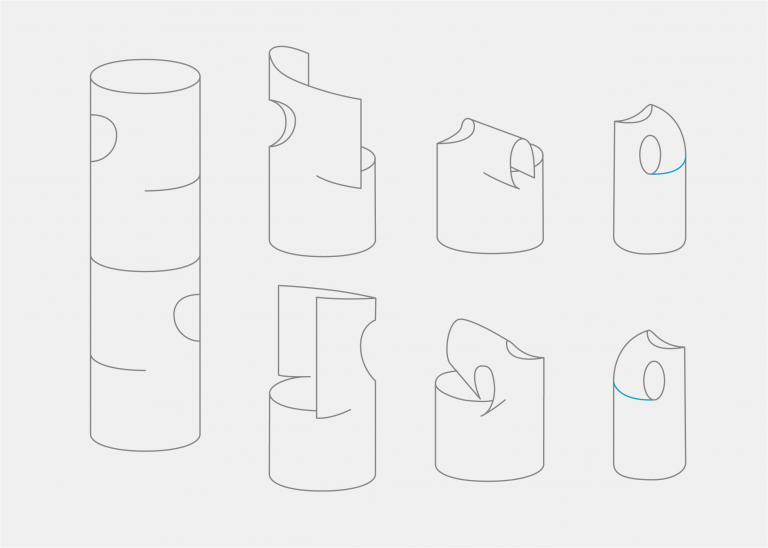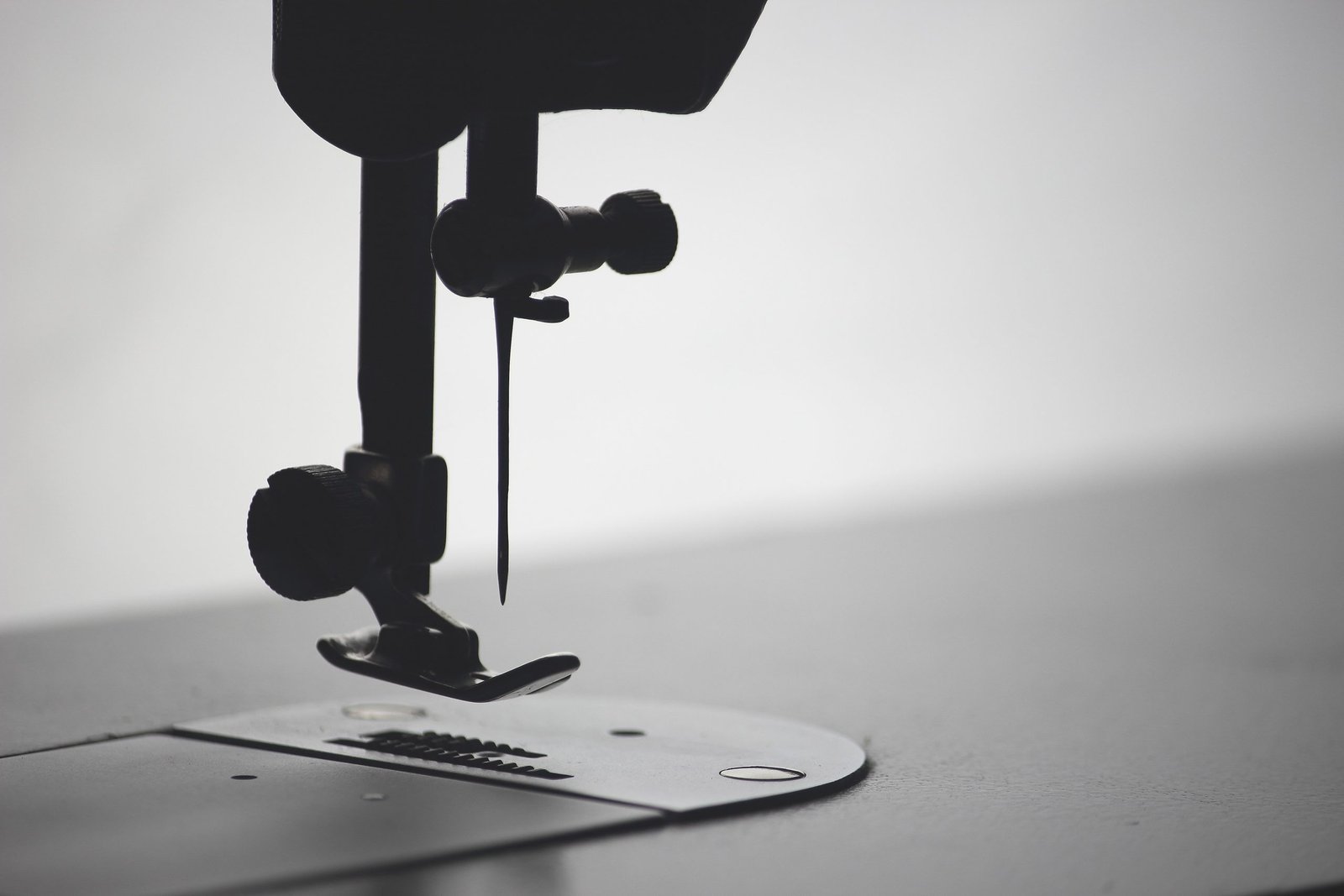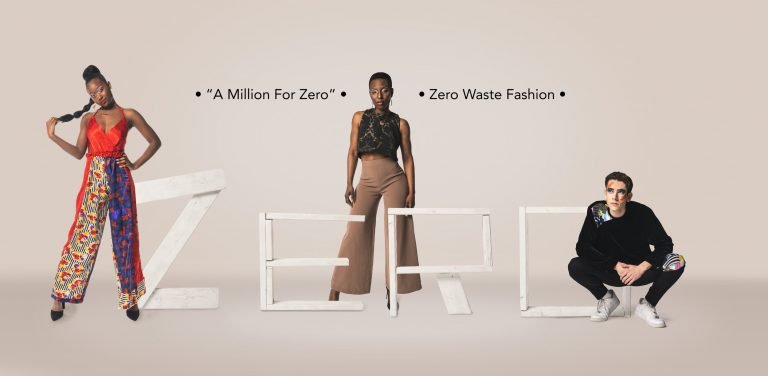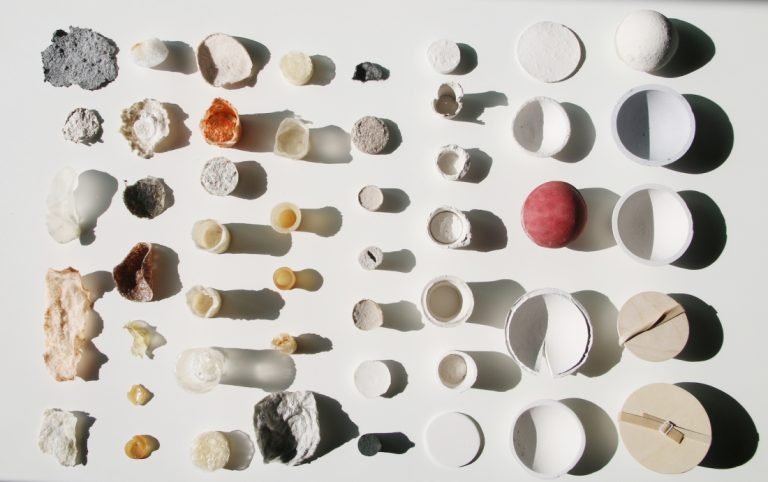
Método minimal seam
Una de las perspectivas que constantemente promovemos es la de la moda sostenible y algunas de las diversas metodologías de diseño que podemos abordar

Initially women were inserted into the workforce beign subordinated to the role of men. Even under contexts such as the Second World War, in which men were in the battlefield while women worked out of necessity.
This role led industries to find themselves in the obligation to hire women. However, under the pretext of a lack of training, they received lower incomes than men.
In times of crisis, companies found a benefit in hiring women, where the work and the times were the same, but the pay was lower, which was very convenient. It is not unusual to see that 95% of factory workers in Bangladesh are women, of which only 12% are in management positions.
Information like this, as well as the environmental impacts of companies are considered for the generation of new measurement systems, one of them is The Pulse Score.

Based on this information, The Pulse Score was created, a new measurement system with the objective of quantifying the effectiveness or efficiency of the fashion industry.
However, the best scores are found in low cost and fast fashion systems. This is due to an industry segmentation where there is no measurement of waste based on the circular economy, but only the optimization of resources is considered, creating confusing scores.
Low cost and fast fashion systems greatly optimize their processes due to the exorbitant volumes, the search for lower costs and the acceleration of their processes, however, this does not make it a sustainable or beneficial process for the planet.
This is why it is important to understand the 3 pillars of sustainability; economic, social and environmental in order to make a critical analysis that will help us make the best decisions and those that allow us to mitigate the greatest number of impacts.
Today we have an ecological ceiling that we cannot avoid.
It is necessary to modify the economic models to transition to schemes of companies with positive impact, circular economy, collaborative economy, the slow movement, among others, to build the ethical industry we need, taking care of natural, financial, and social resources.

Una de las perspectivas que constantemente promovemos es la de la moda sostenible y algunas de las diversas metodologías de diseño que podemos abordar

Creamodite inicia su labor a partir del 2017 conjuntando creativos de todas disciplinas para resaltar el valor de las industrias creativas.
Una de

¿Los biomateriales han tomado fuerza en los últimos años, pero sabías que realmente estos se remontan a épocas antiguas?
Te contamos sobre biomateriales,

Una de las perspectivas que constantemente promovemos es la de la moda sostenible y algunas de las diversas metodologías de diseño que podemos abordar

Creamodite inicia su labor a partir del 2017 conjuntando creativos de todas disciplinas para resaltar el valor de las industrias creativas.
Una de

Una de las perspectivas que constantemente promovemos es la de la moda sostenible y algunas de las diversas metodologías de diseño que podemos abordar
Suscríbete a nuestra newsletter para estar al tanto de las últimas novedades de Creamodite y sus proyectos.
100% CONTENIDO. 0% SPAM
Ya te has suscrito a nuestra newsletter :)
¡Muy pronto recibirás novedades!